Cabinet cards are photographs mounted on stiff pieces of cardboard. They were introduced in the 1860s and gradually superseded the smaller carte de visite format.The front of the card is usually printed or embossed with the photographer’s details, and the back of the cabinet card is often printed with elaborate designs
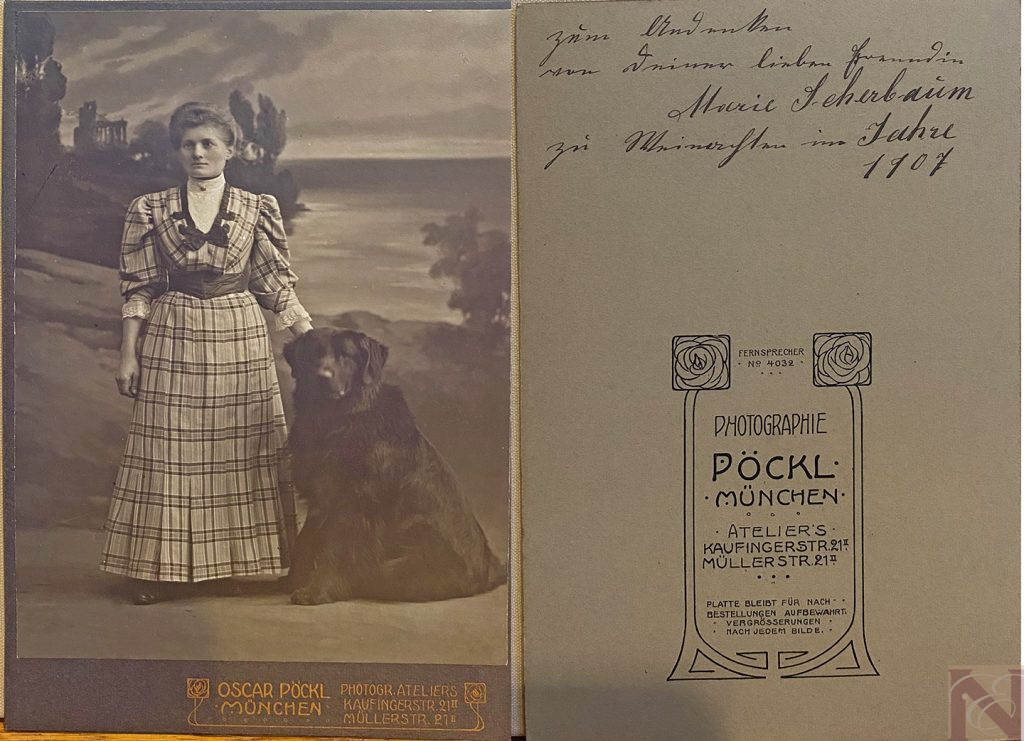
Cabinet cards with scalloped or beveled edges date primarily from 1885-1892
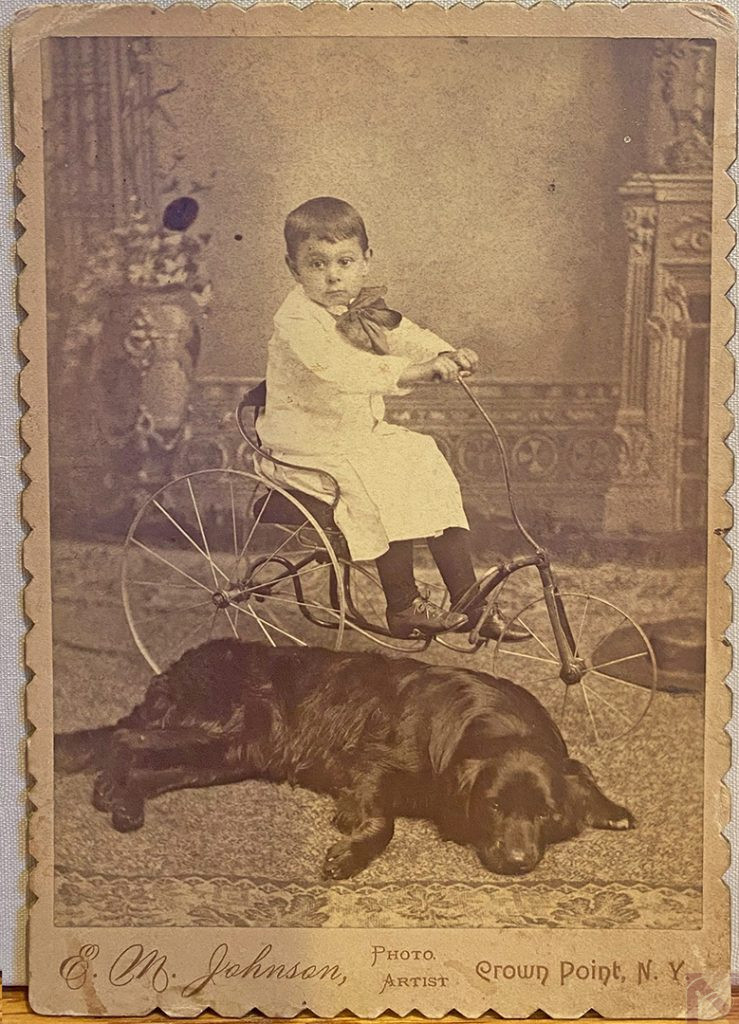
Starting in the 1880’s there was large, ornate text for photographer name and address, especially in cursive style. Studio name often takes up the entire back of the card.
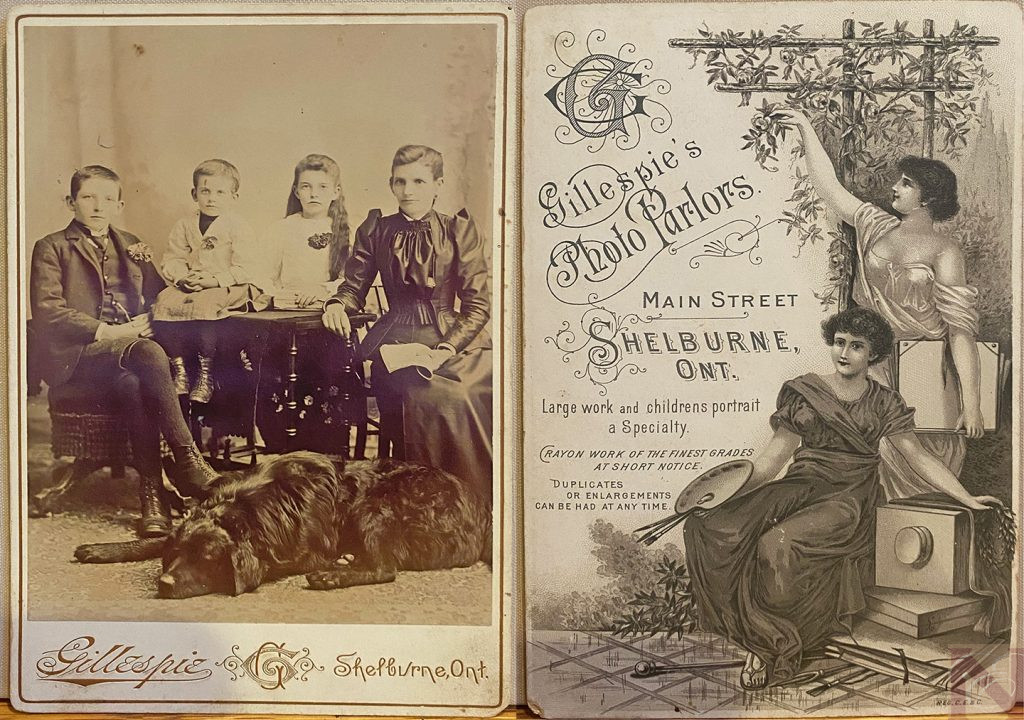
Antique photographs can contain amazing tidbits of history. This Cabinet Card is from the photographer Moung Kyau in Waterville Maine. Moung Kyau, from Burma, was likely Waterville’s first Asian resident, probably arriving in Waterville in 1876 with Rev. Henry Malcolm Hopkinson (1867). This was likely taken between 1885-1888.
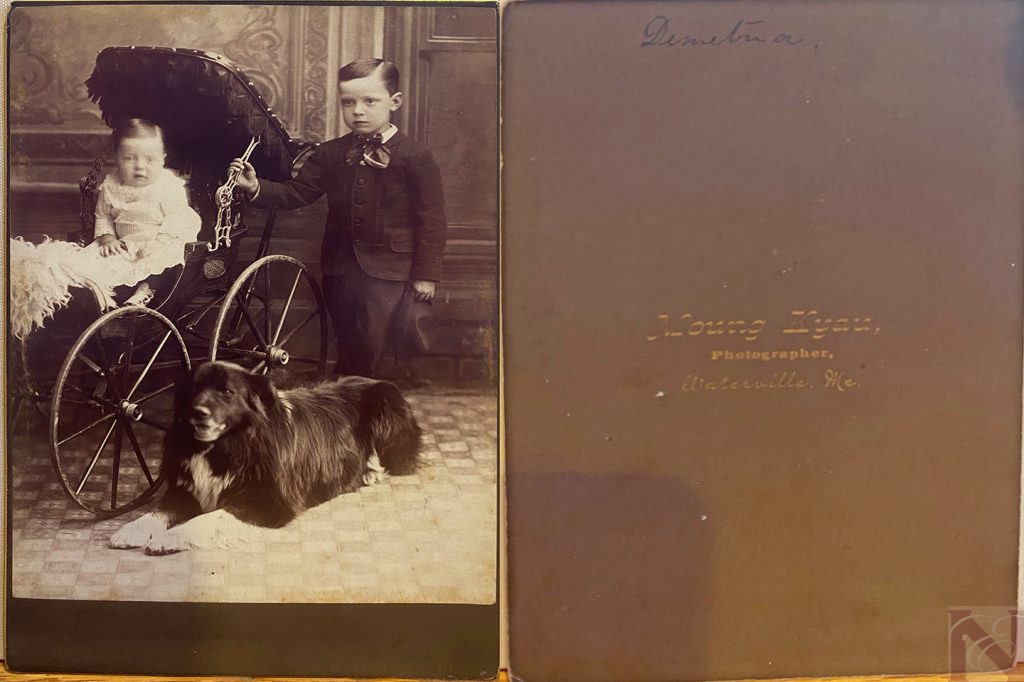
A style of photograph first introduced in 1863 by Windsor & Bridge in London, the cabinet card is a photographic print mounted on card stock. The Cabinet card got its name from its suitability for display in parlors — especially in cabinets — and was a popular medium for family portraits.
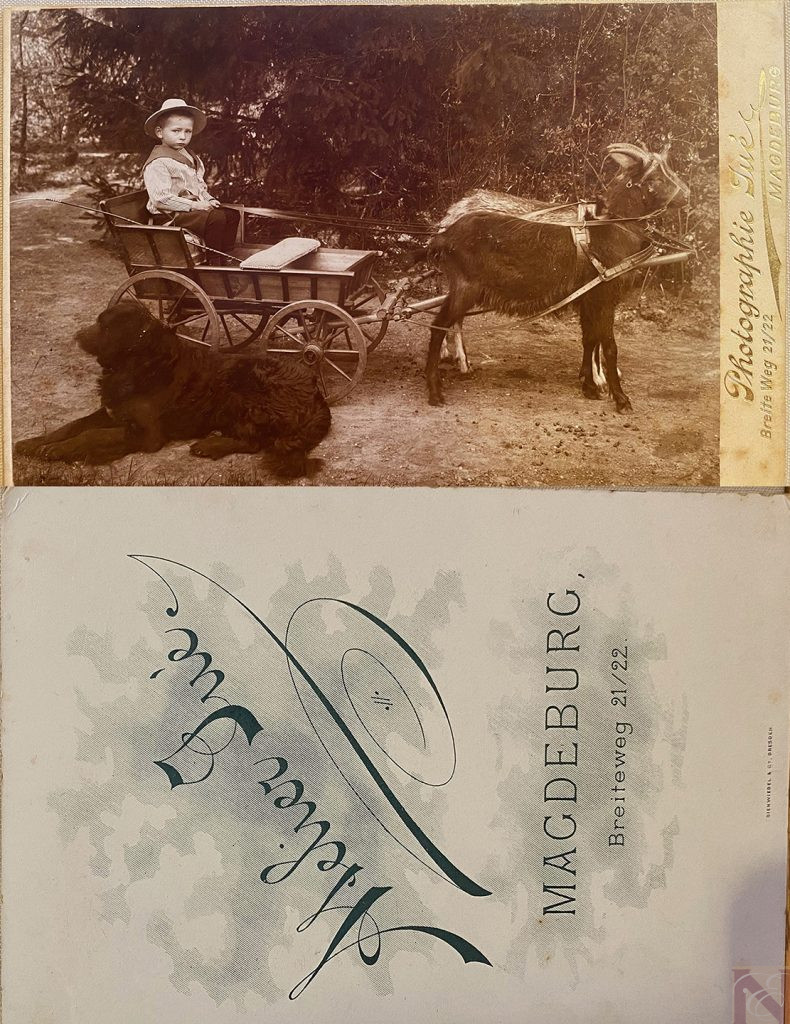
In the early years of photography, hand tinting was commonly used to add value to an image and bring it to life. Cheeks were given a rosy tint and skin shaded to look more natural. Hand coloring could be used to identify which aspects of the portrait the sitter (or photographer) considered worthy of highlighting.
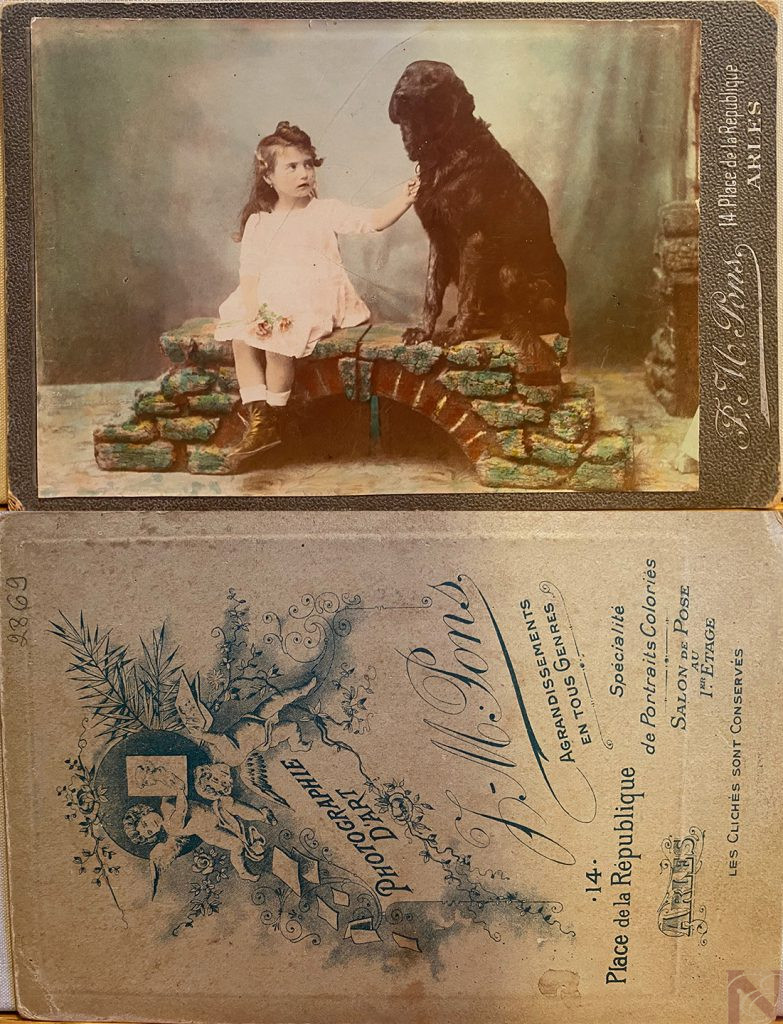
Leave a Reply